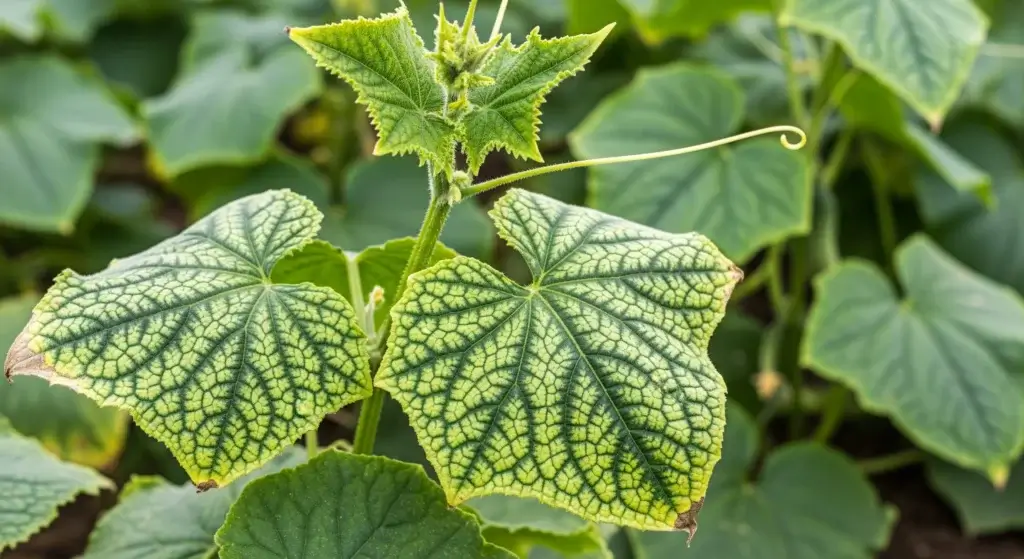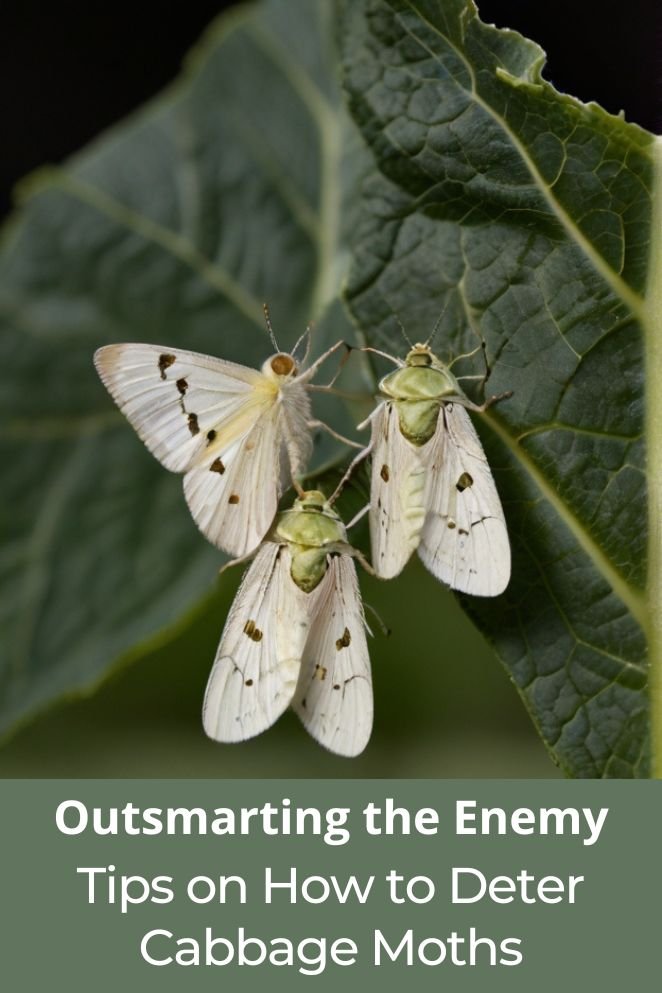
Cabbage moths are a common pest in many gardens, causing damage to cabbage, broccoli, and other brassicas.
These moths can be a significant problem, especially for home gardeners who rely on their crops for fresh produce.
In this article, we’ll explore natural and organic methods to deter cabbage moths, from companion planting to cultural practices.
Natural Deterrence Methods
Natural deterrence methods can be highly effective in protecting your cabbage plants from pests like cabbage moths.
Here are some detailed explanations of these methods:
Companion planting
Companion planting involves growing certain plants together to benefit each other in various ways.
In the case of deterring cabbage moths, planting strong-smelling herbs like basil, thyme, or mint alongside your cabbage can help repel moths and other pests.
These herbs emit odors that are unpleasant to cabbage moths, creating a natural barrier that deters them from laying eggs on your cabbage leaves.
- Read also: Protecting Your Brassicas: How to Prevent Cabbage Worms
- Read also: Cracking The Signs of Pest in Vegetables
Row covers
Row covers are lightweight, porous fabrics that can be draped over your cabbage plants to physically prevent moths from reaching them.
These covers allow sunlight and air to penetrate while creating a barrier that keeps pests at bay.
By covering your cabbage plants with row covers, you can effectively block moths from laying eggs on the leaves, thereby reducing the risk of caterpillar infestation.
Beneficial insects
Attracting beneficial insects to your garden is another natural way to deter cabbage moths.
Ladybugs and lacewings are natural predators of cabbage moth larvae and can help keep their populations in check.
By planting dill or fennel, which are attractive to these beneficial insects, you can encourage them to visit your garden and prey on cabbage moth larvae.
This biological control method provides a sustainable and environmentally friendly way to manage pest infestations without the use of chemical pesticides.
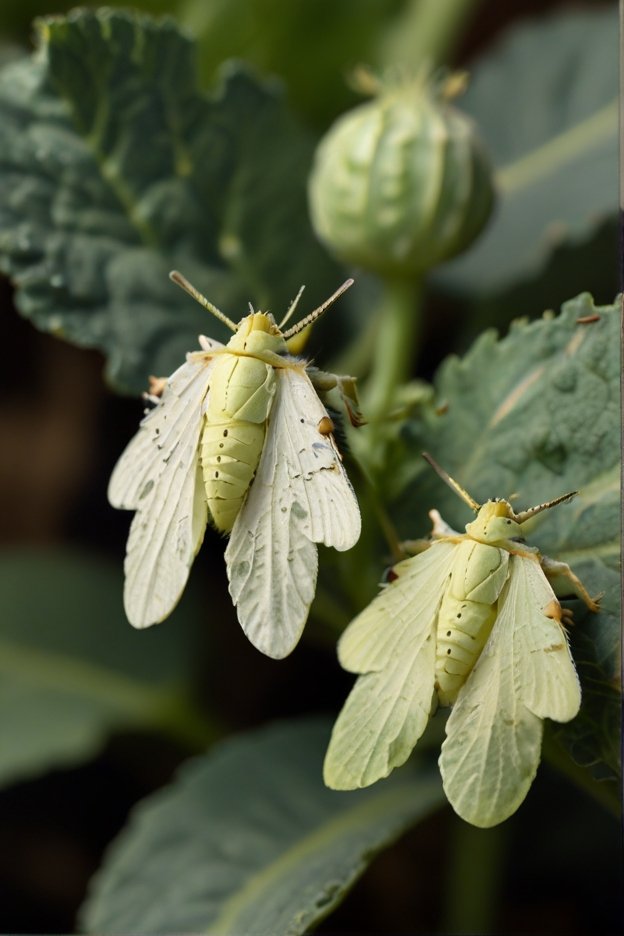
Organic Sprays and Treatments
Organic sprays and treatments offer effective solutions for controlling cabbage moths and protecting your cabbage plants from damage.
Here are some detailed explanations of these methods:
Neem oil spray
Neem oil is a natural pesticide derived from the neem tree. It contains compounds that disrupt the life cycle of cabbage moths, preventing them from developing into adults and laying eggs on your plants.
To use neem oil spray, mix it with water according to the label instructions and apply it to your cabbage plants, covering both the tops and undersides of the leaves.
Bacillus Thuringiensis (BT)
Bacillus Thuringiensis, commonly known as BT, is a naturally occurring bacteria that targets and kills moth caterpillars, including cabbage moth larvae.
BT produces toxins that are harmful to caterpillars when ingested, causing them to stop feeding and eventually die.
BT is considered safe for humans, animals, and beneficial insects, making it an ideal choice for organic pest control.
Hot Pepper Spray
Hot pepper spray is a natural deterrent that can help repel adult cabbage moths from laying eggs on your plants.
The capsaicin compound found in hot peppers is irritating to moths, deterring them from landing on your cabbage leaves.
To make hot pepper spray, blend hot peppers with water and strain the mixture to remove solids.
Transfer the liquid to a spray bottle and apply it to your cabbage plants, focusing on areas where moths are likely to lay eggs.
However, it’s essential to use hot pepper spray with caution, as it can cause skin and eye irritation.
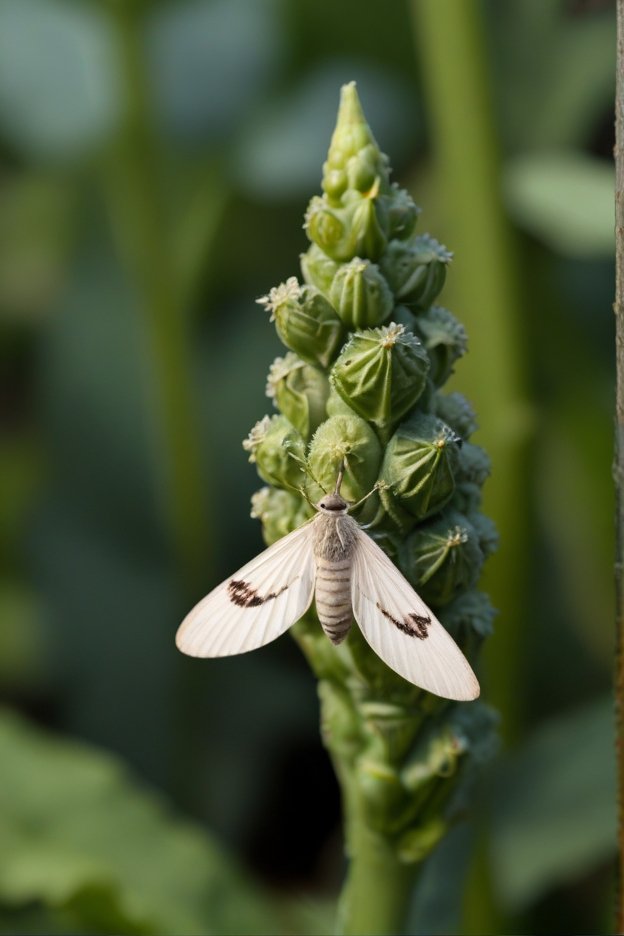
Cultural Practices
Cultural practices play a vital role in managing cabbage moth infestations and promoting the health of your cabbage plants.
Here’s a detailed look at some effective cultural practices:
Crop rotation
Crop rotation involves planting different crops in the same area each year, which helps disrupt the lifecycle of cabbage moths and reduces pest pressure.
By rotating your cabbage plantings with crops from other families, you make it more difficult for cabbage moths to find suitable host plants.
This practice also helps improve soil health by preventing nutrient depletion and reducing the buildup of pests and diseases specific to cabbage plants.
Handpicking
Handpicking caterpillars from your cabbage plants is a labor-intensive but effective method, especially for small infestations.
This involves inspecting your plants regularly and manually removing any caterpillars you find, usually in the early morning or evening when they’re most active.
Be sure to check both the tops and undersides of leaves, as cabbage moth larvae often feed on the undersides where they’re less visible.
Fall cleanup
Fall cleanup is essential for eliminating potential overwintering sites for cabbage moths and other pests.
Remove crop debris, fallen leaves, and weeds from your garden, as these can provide shelter and breeding grounds for pests to overwinter.
By clearing away debris and maintaining a clean garden environment, you reduce the likelihood of pest infestations in the following growing season.
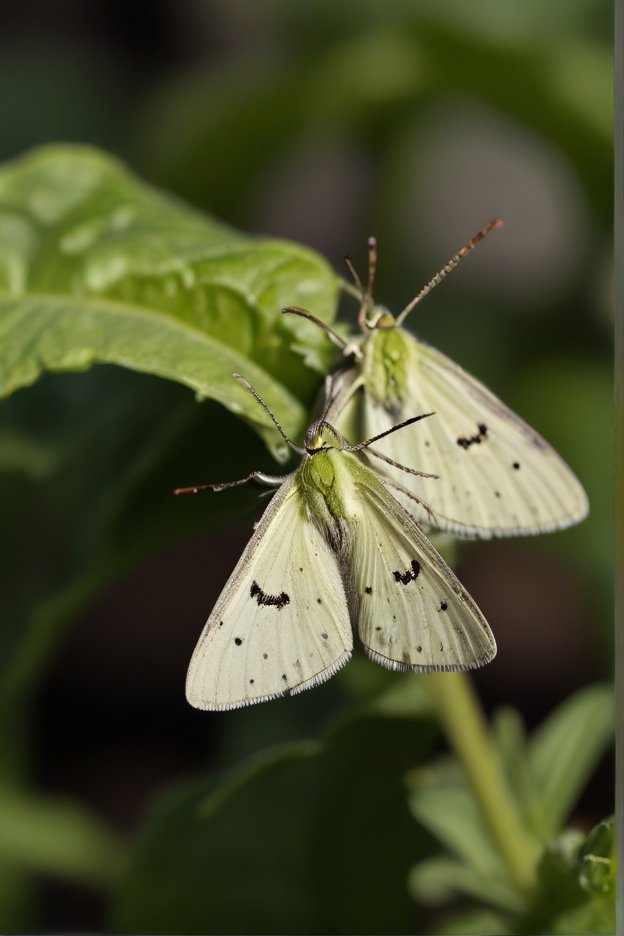
- Read also: Protect Your Harvest! Identifying Specific Vegetable Pests
- Read also: Eco-Friendly Pest Control – How To Make a Natural Pesticide
Conclusion
Deterring cabbage moths requires a combination of natural and organic methods.
By using companion planting, row covers, beneficial insects, organic sprays, and cultural practices, you can reduce the risk of cabbage moth infestations and protect your crops.
Remember to always test new methods on a small scale before applying them to your entire garden.
FAQs
A combination of natural and organic methods, including companion planting, row covers, beneficial insects, organic sprays, and cultural practices, is the most effective way to prevent cabbage moths.
While pesticides can provide quick relief, they can also harm beneficial insects and contaminate soil and water. Organic and natural methods are recommended for long-term control and to minimize environmental impact.
Look for small, white eggs on the underside of cabbage leaves or for caterpillars eating holes in your plants. Regularly inspect your plants and take action early to prevent infestations from spreading.

